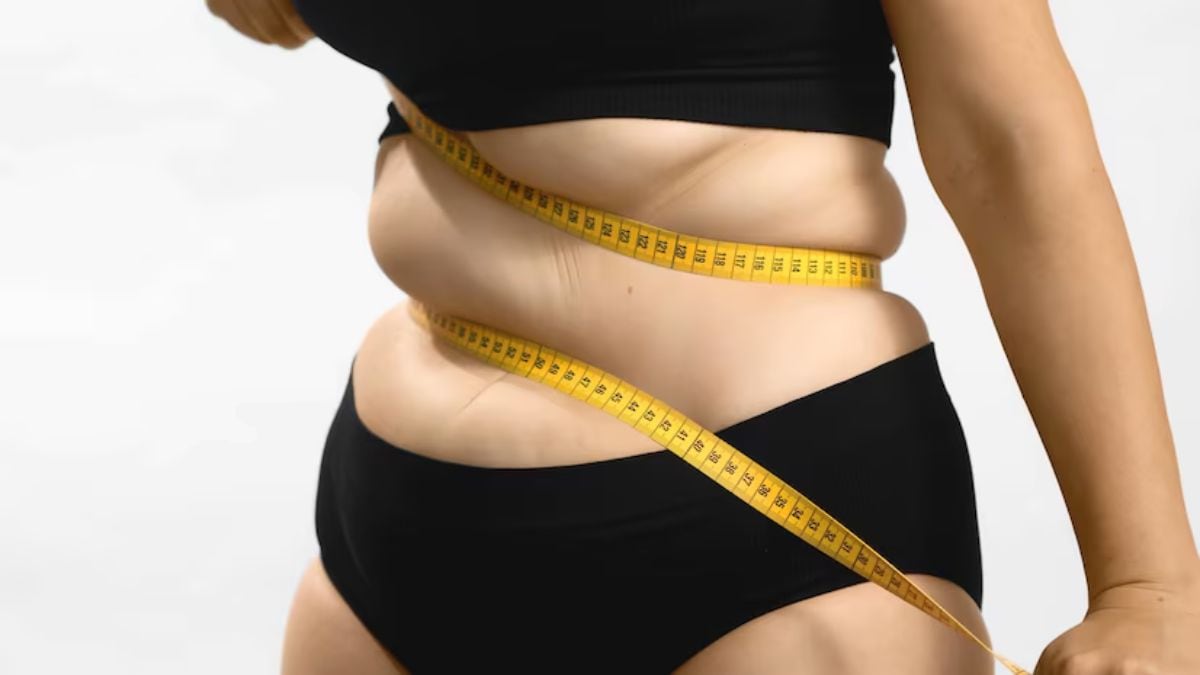How do you measure a person’s health? Body Mass Index (BMI) is the answer we all know. But BMI could soon be passé. A new metric has caught the attention of health experts and enthusiasts alike.
It’s called the Body Roundness Index (BRI). BMI has long been the go-to tool for assessing health based on height and weight. However, scientists are now exploring BRI as a new, more accurate way to measure obesity.
But what is it? What is the body roundness index (BRI)? The Body Roundness Index (BRI) considers an individual’s height and waist circumference to assess their health status. It measures how round or circular a person’s body shape is by using a formula that considers height and waist circumference, but not weight. The BRI, say experts, offers a more accurate assessment of central obesity and abdominal fat, both of which are strongly associated with an elevated risk of developing Type 2 diabetes, hypertension, and heart disease, in comparison to fat stored in the buttocks and thighs, The New York Times reported.
Several online calculators allow you to input your height, waist, and hip measurements to calculate your BRI. After entering your data, you will receive a score that indicates whether you fall within the “healthy zone” or not. Who developed BRI? BRI was developed by mathematician Diana Thomas, now a professor at the United States Military Academy in West Point, New York.
She first introduced this index in a 2013 article in the journal Obesity . Speakin.


















